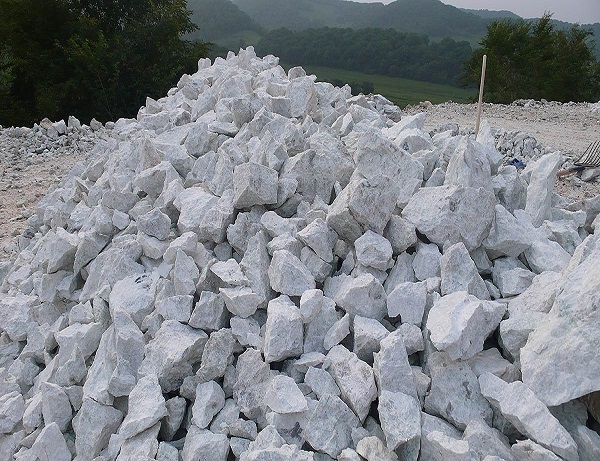CaO is one of the main components of Low-E glass. It is the outer oxide of glass structure network in glass. The main role is stabilizer and flux. When the glass structure is formed, it will increase the hardening speed of fiber forming and improve the quality of glass fiber. SiO2 is the most important component of Low-E glass. It is glass forming body. It is almost the foundation of all glass. When the silicon oxide is heated to liquid and then cooled, it forms glass.
The main components of the wollastonite are SiO2 and CaO, with the amount of more than 96%, and other oxides containing a small amount of Magnesium Oxide, alumina and iron oxide, all of which are required for glass. The purpose of using wollastonite in glass is to replace quartz sand, which is the main reason for the composition of glass, which is mainly caused by the introduction of silicon oxide, which is mainly introduced by Ye Lashi. Because of the high melting temperature of quartz sand, it begins to soften at more than 2000 degrees. Again, the hardness is more than 7. In the micro powder processed into 45 microns, the particles often contain more than 250 microns. When the glass is leaking through the leakage of the plate, the coarse quartz particles are not completely dissolved. Ten microns cause a broken head. Moreover, the wollastonite itself is a kind of flux, and the SiO2 in the form of compound is easy to react with other oxides, and the hardness of wollastonite (4-5) is smaller than that of quartz (7) and is easy to be processed. While the wollastonite provides SiO2 for glass molding, it can reduce the amount of limestone in glass mixture with some calcium oxide, which reduces the CO2 volatilization in the mixture, which not only improves the conversion of glass, but also reduces the emission of flue gas in the kiln and reduces the heat consumption of the kiln.
It is possible to use wollastonite in the production of glass fiber materials. The wollastonite itself has the help of melting, mainly composed of silicon oxide and calcium oxide. It can reduce the emission of a large amount of carbon, replace silicon oxide, reduce the melting temperature of glass, reduce the consumption of natural gas, and increase the melting rate of glass by introducing the part of calcium oxide. The melting rate increased by 1-2%.



 E
E